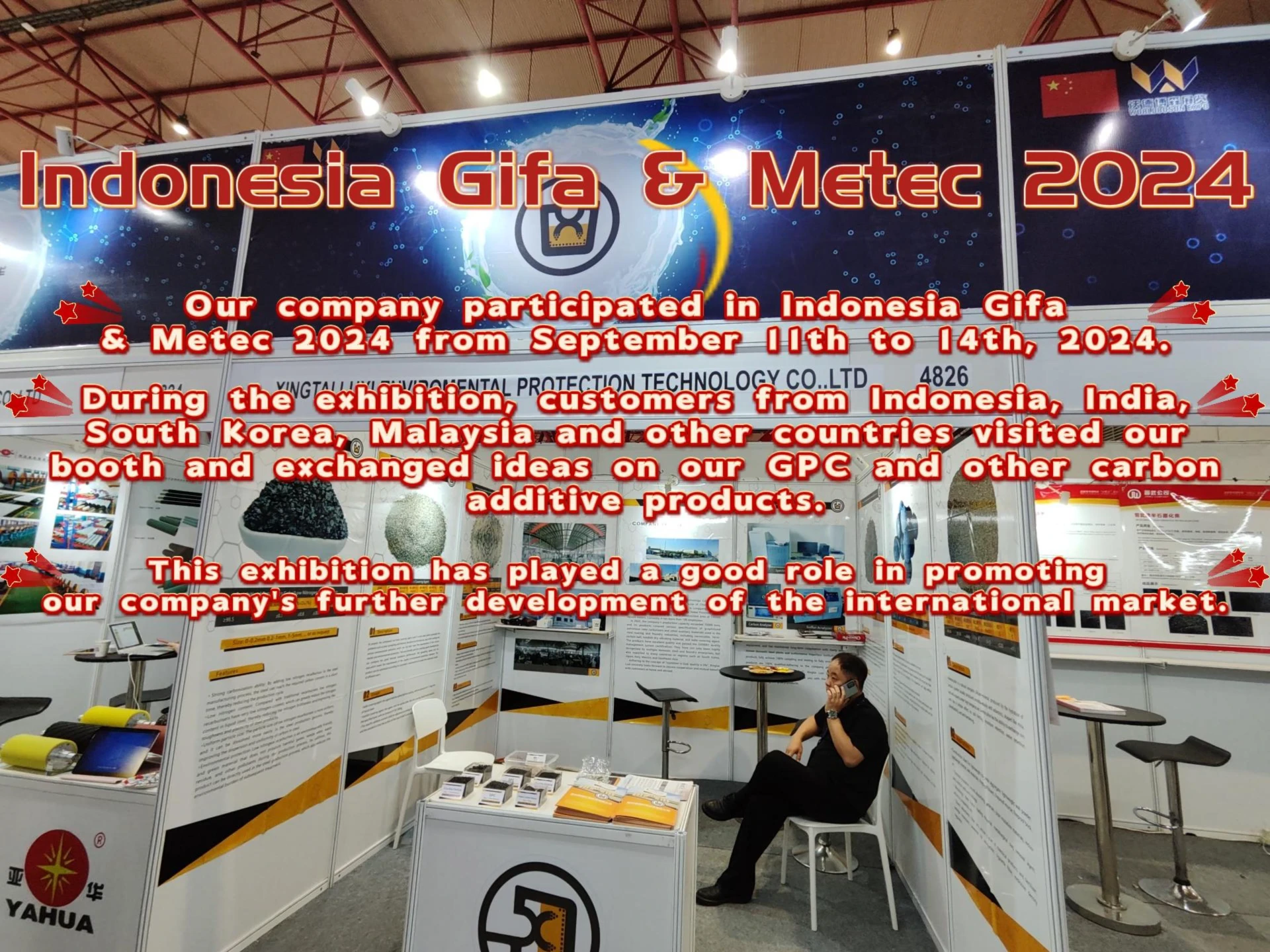Nov . 10, 2024 07:02 Back to list
Production of Cast Iron Powder in Modern Manufacturing Facilities
The Role of Cast Iron Powder Factories in Modern Industry
Cast iron powder, a critical ingredient in various manufacturing processes, has emerged as a focal point for industries ranging from automotive to construction. The production of cast iron powder involves specialized factories designed to harness the unique properties of cast iron, ultimately providing an essential resource for a multitude of applications. This article delves into the significance of cast iron powder factories, their manufacturing processes, and the wide-ranging impact this material has on contemporary industry.
Understanding Cast Iron Powder
Cast iron itself is an alloy of iron, carbon, and silicon, known for its excellent castability, machinability, and strength. When the iron is pulverized into a fine powder, it can participate in various applications that are not feasible with traditional cast iron materials. Cast iron powder is used in components that require high precision and intricate design, offering an ideal solution for manufacturers seeking to leverage the unique attributes of cast iron in a more versatile form.
Manufacturing Process
The manufacturing process of cast iron powder typically involves several key steps. It begins with the smelting of cast iron, during which the alloy is heated to very high temperatures until it becomes molten. This molten iron is then subjected to different methods of atomization or milling to be converted into fine particles.
One common technique is gas atomization, where the molten iron is forced through small nozzles and rapidly cooled by high-pressure gas, resulting in the formation of fine powder particles. Another method is ball milling, where larger casts of iron are mechanically smashed into a fine powder.
After the powder is produced, it undergoes further treatment, which can include classification (to ensure uniform size), surface coating (to improve flow properties), and sometimes a reduction process to achieve specific microstructural characteristics. Quality control throughout this process is paramount; the final powder must meet industry standards for purity, particle size distribution, and other performance metrics.
cast iron powder factory

Applications of Cast Iron Powder
The versatility of cast iron powder is reflected in its extensive range of applications. One of the primary uses is in the production of sintered components. These components are made by compacting the cast iron powder in a mold and then heating it just below its melting point, allowing the particles to fuse together without liquefying. This method is essential in creating parts for automotive engines, gears, and various machinery, providing attributes such as high strength and wear resistance.
Additionally, cast iron powder is increasingly employed in additive manufacturing, commonly known as 3D printing. The unique flow characteristics of the powder make it suitable for printing complex geometries that traditional methods cannot achieve. Innovations in 3D printing technology allow manufacturers to produce lightweight and highly durable components, minimizing waste and reducing lead times.
In the construction sector, cast iron powder serves as a key ingredient in high-performance materials, including concrete and high-strength composites. Its ability to enhance durability can lead to more resilient structures capable of withstanding harsh environmental conditions.
Environmental Considerations
In recent years, the production and consumption of cast iron powder have progressed towards more sustainable practices. Metal powder factories are investing in technologies to reduce energy consumption and minimize waste. Recycling scrap iron for powder production is another approach being adopted to create a more circular economy within the industry.
Conclusion
Cast iron powder factories play an indispensable role in modern manufacturing, providing a material that combines the strengths of traditional cast iron with the adaptability required for innovative applications. As industries continue to evolve, the demand for cast iron powder is expected to grow, driven by advancements in technology and a shift towards more sustainable production methods. The future of cast iron powder in various sectors promises not only efficiency and precision but also a commitment to environmental stewardship, making these factories a vital part of the industrial landscape. As we look to the future, the adaptability and utility of cast iron powder will undoubtedly continue to make significant contributions to multiple industries.
-
Fe-C Composite Pellets for BOF: Enhance Steelmaking Efficiency
NewsAug.07,2025
-
Eco-Friendly Granule Covering Agent | Dust & Caking Control
NewsAug.06,2025
-
Fe-C Composite Pellets for BOF: High-Efficiency & Cost-Saving
NewsAug.05,2025
-
Premium Tundish Covering Agents Exporters | High Purity
NewsAug.04,2025
-
Fe-C Composite Pellets for BOF | Efficient & Economical
NewsAug.03,2025
-
Top Tundish Covering Agent Exporters | Premium Quality Solutions
NewsAug.02,2025
